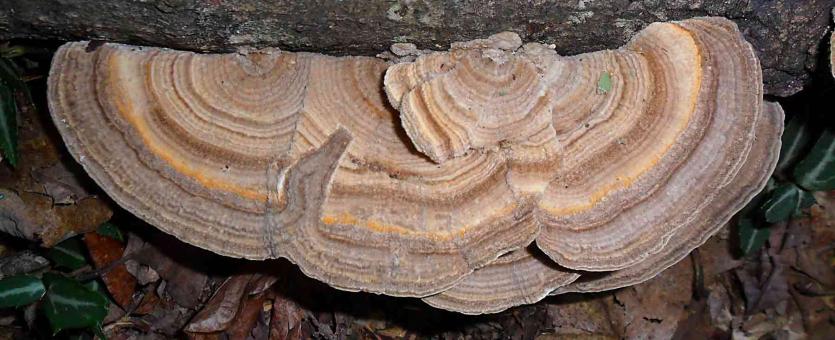
Semicircular, tough, hairy, multicolored, zoned bracket fungus with white, leathery, gill-like tubes beneath. Grows on dead deciduous wood. July–November. Cap semicircular; with concentric orange and brown zones, although sometimes white, cream, grayish or brownish; texture tough, hairy; often greenish because of algae growing in the hairs. Underside white, with leathery, gill-like tubes that are radially arranged, forked, and fused. Stalk not present. Spore print white. Spores magnified are cylindrical, smooth, colorless.
Lookalikes: Turkey tail (Trametes versicolor) doesn’t have a gill-like underside. False turkey tail (Stereum ostrea) has a smooth underside.
Cap width: 1–4 inches.
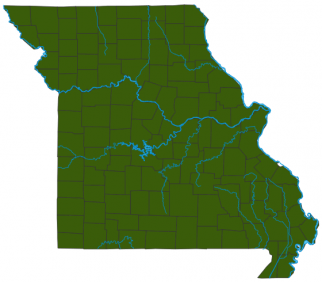
Statewide.
Habitat and Conservation
Grows singly or in layered groups on dead deciduous wood. The “gills” of the multicolor gill polypore are actually radially arranged tubes that are forked and fused, which can make them look like gills. These tubes are tough and leathery, as opposed to true gills, which are more fragile. Although “betulina” means “birch” in Latin, it grows on many trees in addition to birches.
Status
Not edible.
Life Cycle
This species exists as a network of fungal cells (mycelium) within rotting wood. The mycelium obtains nourishment by digesting, and rotting, the wood. When ready to reproduce, the mycelium develops the brackets outside the wood, which are reproductive structures. Spores are produced in the pores and are released to begin new mycelia elsewhere.
Human Connections
Mushrooms decorate nature the way wildflowers do, adding to our pleasure on hikes. Many mushrooms are most prominent in the fall, when wildflowers are winding down. Take a few minutes to look closely and appreciate the intricate architecture of these organisms.
Ecosystem Connections
Fungi are vitally important for a healthy ecosystem. This fungus feeds on dead or dying trees, decomposing them as they go. This cleans the forest and helps nutrients to cycle back into the soil—an unglamorous but vital role in the ecosystem.
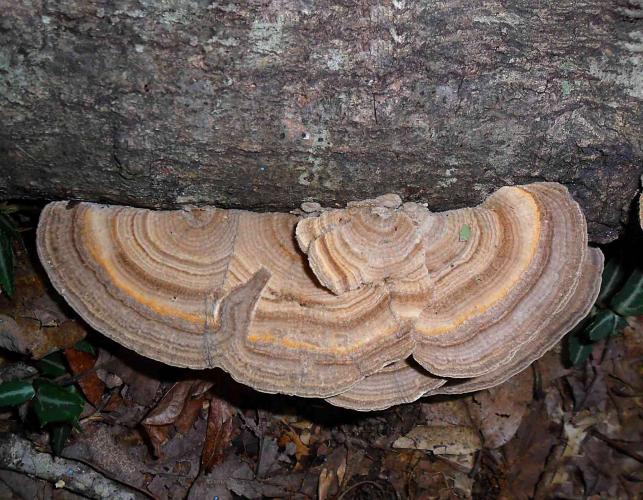
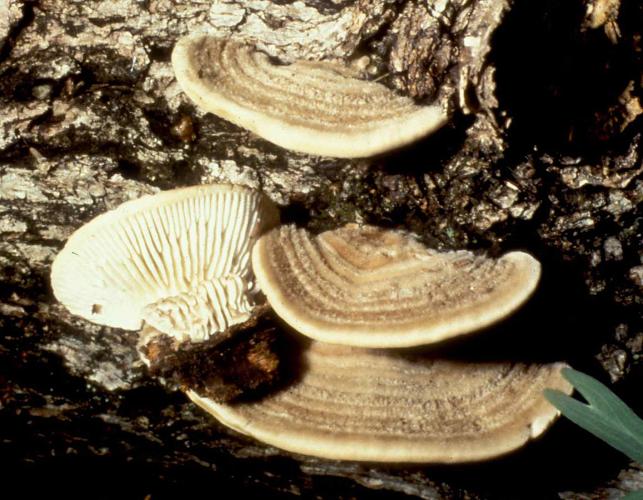


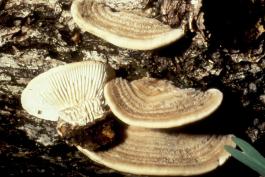
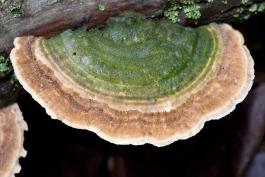
Mushrooms are a lot like plants, but they lack chlorophyll and have to take nutrients from other materials. Mushrooms are neither plants nor animals. They are in a different kingdom — the fungi. Fungi include the familiar mushroom-forming species, plus the yeasts, molds, smuts, and rusts.
Always be cautious when eating edible mushrooms. Be absolutely sure of the ID, and only eat a small amount the first time you try it to avoid a reaction..





















